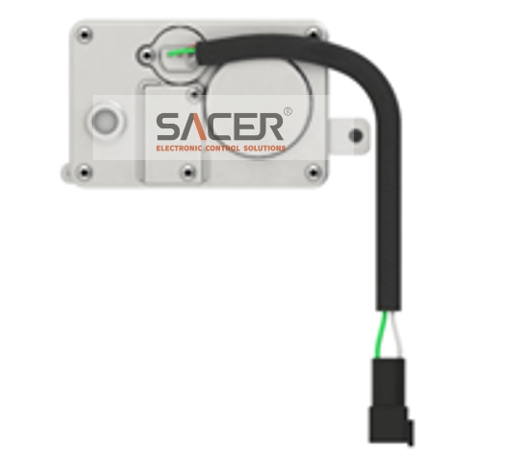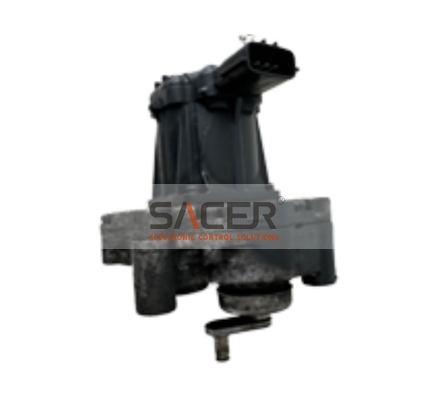A VGT (Variable Geometry Turbo) turbocharger is equipped with a variable geometry mechanism that allows the turbine housing to change its geometry, adjusting the airflow and optimizing performance across a wide range of engine speeds. The actuator in a VGT turbocharger is responsible for controlling this variable geometry mechanism. Here are some common fault types associated with VGT turbo actuator:
- Sticking Actuator: The actuator may become stuck in a certain position, failing to adjust the geometry of the turbine housing. This can result in poor turbocharger performance, reduced boost pressure, and compromised engine power.
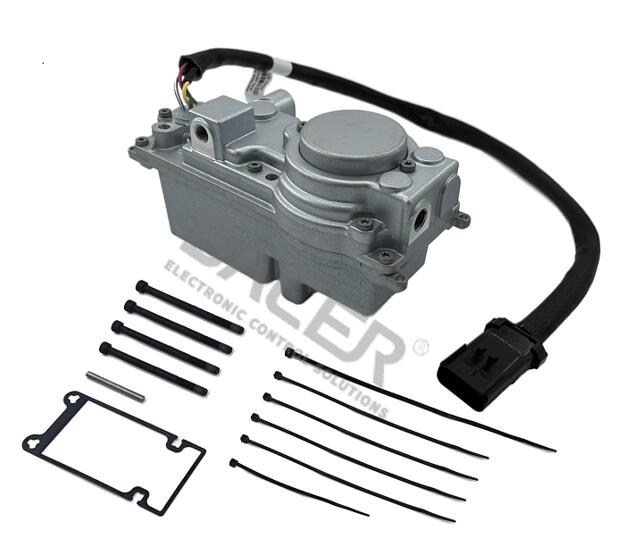
- Actuator Seizure: The actuator mechanism can seize due to factors such as carbon buildup, contamination, or lack of lubrication. A seized actuator may prevent the variable geometry mechanism from functioning correctly, leading to suboptimal turbocharger performance.
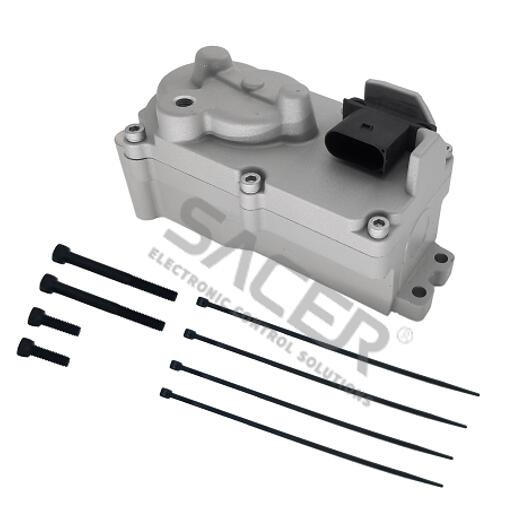
- Actuator Calibration Error: VGT turbo actuators often require calibration to ensure proper operation. If the actuator is not calibrated correctly or if the calibration drifts over time, it can result in incorrect control of the variable geometry mechanism. This can lead to issues like underboost, overboost, or inconsistent boost pressure.
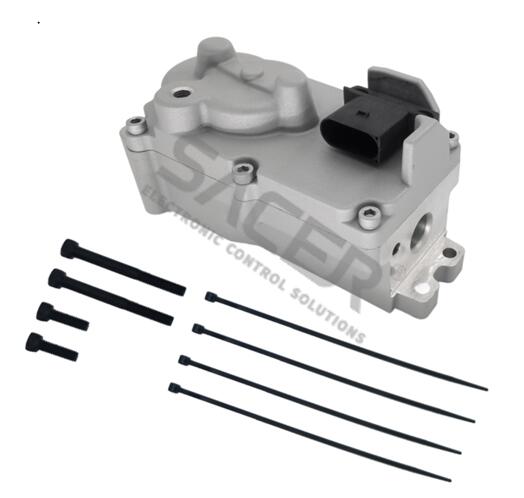
- Actuator Electrical Fault: The electrical components of the actuator, such as the wiring or the electronic control unit (ECU), can develop faults. This can disrupt the communication between the ECU and the actuator, causing improper control of the variable geometry mechanism and affecting turbocharger performance.
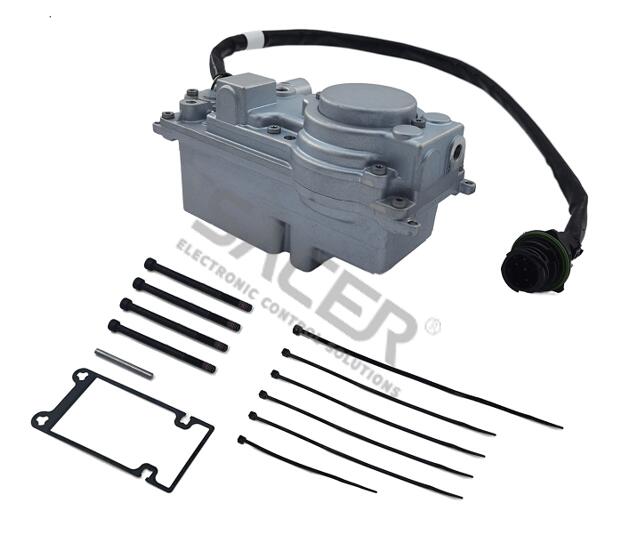
- Actuator Position Sensor Fault: Some VGT turbo actuators are equipped with position sensors to provide feedback on the actuator's position. A fault in the position sensor can result in inaccurate readings, leading to improper actuator control, boost pressure fluctuations, and reduced engine performance.
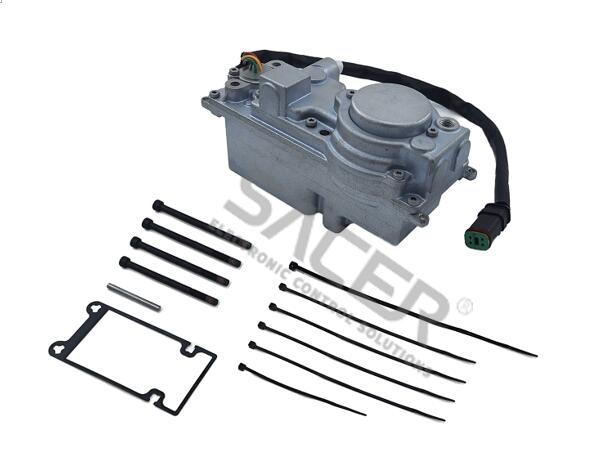
- Actuator Control System Malfunction: The control system that manages the actuator's operation, including the ECU and associated components, can experience faults. These faults can manifest as communication errors, software glitches, or other issues that affect the actuator's ability to adjust the turbocharger's geometry accurately.
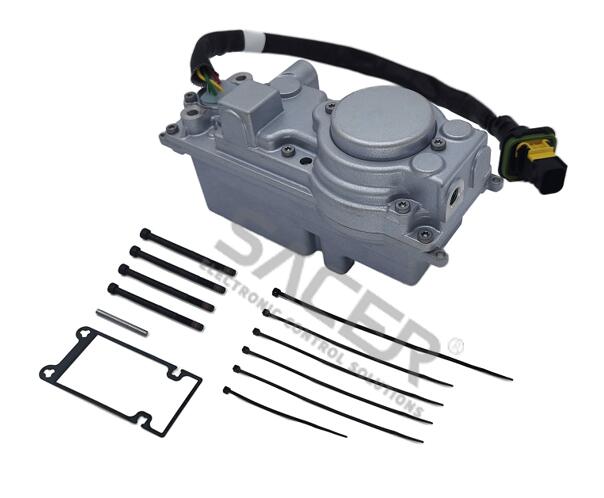
It's worth noting that the specific fault types and symptoms can vary depending on the design and manufacturer of the VGT turbocharger system. When experiencing VGT turbo actuator issues, it is advisable to consult a qualified mechanic or service technician who is familiar with the specific turbocharger system to diagnose and rectify the problem accurately.




